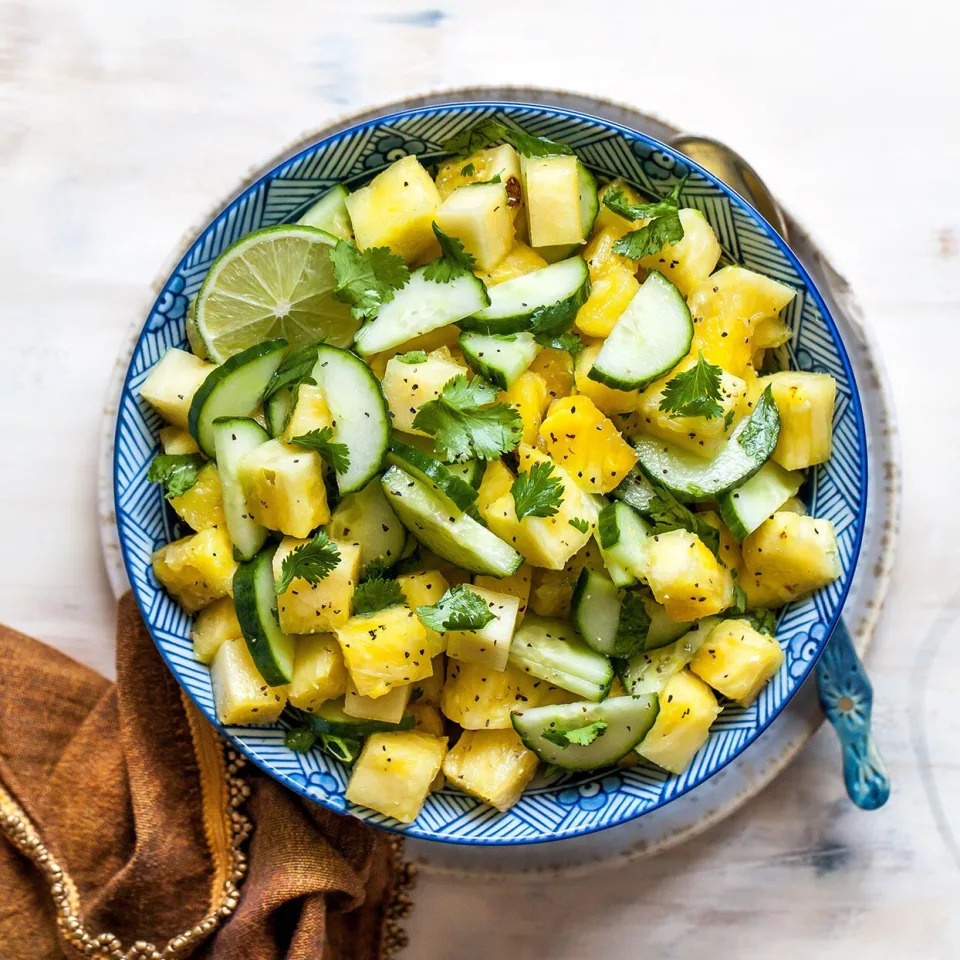Bicycling
9 Questions for an Obesity Researcher Who Says Calorie Counting Isn’t the Answer
Donna Raskin – December 1, 2022

In the October issue of Obesity: A Medical Journal, Barbara Corkey, Ph.D., its former editor-in-chief and emeritus professor of medicine and biochemistry at Boston University published an editorial called “En attendant Godot: Waiting for the Answer to Obesity and Longevity.”
In the piece, she addressed the problematic reality that since the 1970s, the number of Americans with obesity has increased. Experts now agree that gaining and losing weight is less an individual responsibility than previously believed and that diet and exercise “have virtually no lasting impact on weight loss,” Corkey wrote.
In fact, she and other obesity experts agree that rather than each person trying to diet their way to an ideal weight, the solution lies in examining and changing food production systems, as well as other institutions. It now appears that our health issues around weight might stem from the same industries that are contributing to climate change, including industrial farming, according to many experts who contributed to a report published in The Lancet in 2019.
Despite this, many Americans—including many athletes—believe weight is entirely the responsibility of a given individual and not part of a global “syndemic,” as The Lancet report writers called it, meaning when two or more biological factors work together to worsen a disease.
Bicycling talked to Corkey about how to reframe your approach to your weight—and what obesity really means for your health.

Bicycling: Why does obesity put people at risk for other diseases?
Barbara Corkey: The answer is tricky. One of the things we know about people who struggle with being overweight or obese is that their body improperly handles eating and the storage of calories. For example, fasting insulin levels should be very low, but they are often very high in people who are going to have other health problems.
Metabolic misinformation can create havoc in the body: You feel hungry when you’re not, you hold onto fat when you don’t need to. The system has been misinformed. However, such metabolic defects do not occur in everyone. You can be overweight and not have those defects, just as you can be thin and have them, but you are more likely to have metabolic health issues if you are overweight.
The weight itself can also have some negative effects, such as on joints or lung capacity.
Bicycling: Should BMI continue to be used as a heath metric?
BC: The answer, in my opinion, is both yes and no. It’s not very precise. There are caveats. It’s like blood sugar measurements: If you’ve just eaten a big meal and your blood sugar level is high, then the number makes sense, but if you fasted and your blood sugar level is high, then you likely have a metabolic defect. One piece of information doesn’t automatically mean you have a disease.
Bicycling: We still see a lot of people who think weight is a matter of calories in versus calories out. How does this thinking hurt people living with obesity?
BC: First of all, it’s complete nonsense. There is no evidence at all that most people intentionally overeat. It doesn’t happen without an interruption of some sort in the metabolic system. It rarely happens in the entire natural world nor did it happen with the vast majority of even humans before 1970. The concept that suddenly everyone lost their willpower is a silly idea.
In my opinion, that misinformation about hunger and satiety is the reason the problem has gotten worse over the last few decades. We’re not saying it doesn’t matter what you eat, because you cannot gain weight without eating, but we’re not defying the laws of nature. It’s not up to you to become overweight or obese—something else is going on, even if you are actually overeating, because that behavior is just one step in the cycle of the problem.
Bicycling: Would you say that dieting is actually one of the habits that causes obesity?
BC: No. I think that dieting is a desperate effort to become more acceptable because we’re so bigoted and mean to people who have extra weight. Professor Rudy Leibel [a diabetes researcher and professor at Columbia University] has done some studies in which he has taken normal weight people and both overfed and underfed them. His goal was to find out what the body does in a controlled environment. In both cases, everyone’s bodies worked hard to maintain the original weight.
We are biologically programmed to maintain whatever weight our body thinks is our right weight. If you diet and then go back to eating the way you used to eat, you’ll regain the weight you lost and maybe more.
Many people have dysfunctional responses to some foods. In fact, a large percentage of certain populations appear to be genetically predisposed to insulin resistance and diabetes, and that’s even before we begin to add in high levels of processed foods without understanding how a healthy body responds to the added ingredients.
Bicycling: What do you think when you read about diet fads, which many people want to start in the New Year in order to lose weight quickly?
BC: Honestly, my first thought is about money and how much money we spend on diets. When the AIDS epidemic began, our government responded well to that and made available funding to try to solve the problem. When I did the last calculation, the United States spent $2,000 per person for AIDS to find a solution. At the same time, we spent under $1 per person to deal with obesity and that’s because we thought anyone can be the right weight if they just try hard enough.
The truth is, we’re not solving this problem because we’re not investing in understanding it and, instead, we leave individuals to deal with it on their own or to rely on unproven systems that make a profit.
Bicycling: It’s complicated for people to take food guidance, such as myplate.gov or the food pyramid and turn it into a shopping list. What is some real-life advice that will help people cook and shop so they can eat more healthfully?
BC: Shopping for real food is a good beginning—go for things you could potentially grow or raise in your backyard, whether it’s fruits, vegetables, or meats. Ideally, those foods are also advertised as being free from antibiotics.
Then, it’s essential to make a weekly menu and to shop once a week. Find recipes that you like that take 15 minutes or less to prepare. It takes longer than that to go to McDonald’s. You can have steak or fish with simple vegetables, and it doesn’t take a half-hour to make these things.
Every week, I make a large salad with a lot of raw vegetables and no dressing. I take some out each night, add dressing and mix in new things (fruit, nuts, cheese) for variety.
Bicycling: You mentioned culinary medicine in your editorial. What does that mean to you?
BC: If someone sees a doctor with an illness and instead of giving them a drug, they help them to change their eating plan, taking into account what people like, that’s culinary medicine.
Americans aren’t actually eating “real food,” but rather processed creations that are high in calories and low in nutrition. The 10 most abundantly consumed foods in the United States are grain-based desserts, yeast breads, chicken and chicken-mixed dishes, soda, energy drinks and sports drinks, pizza, alcoholic beverages, pasta and pasta dishes, Mexican mixed dishes, beef and beef-mixed dishes, and dairy-based desserts.
The list clearly excludes all fruits and vegetables in their native state, while including very few protein-based foods. In many cases, changing eating habits will change health. Not in all cases, of course, but culinary medicine should be part of the treatment.
Bicycling: Do you think high amounts of exercise, such as cycling and running, help with weight management?
BC: Well, first of all, we know perfectly well that exercise is beneficial especially as you age, although there are things that are not under your control, which include that you just can’t always do what you used to do. We slow down with age, even the most fit among us. Exercise is wonderful and to be encouraged, but it has not been shown to help with weight loss on its own.
















